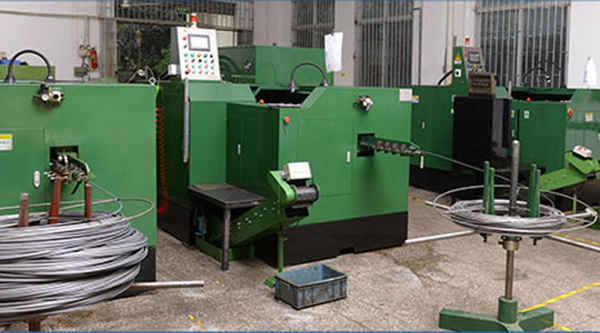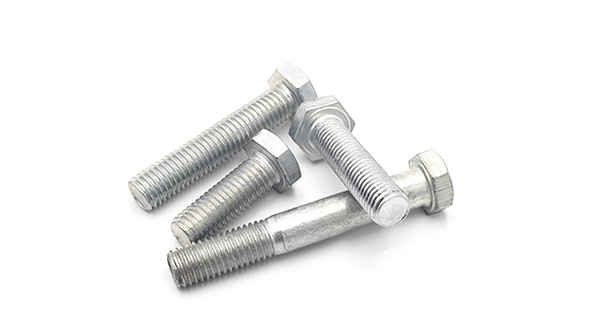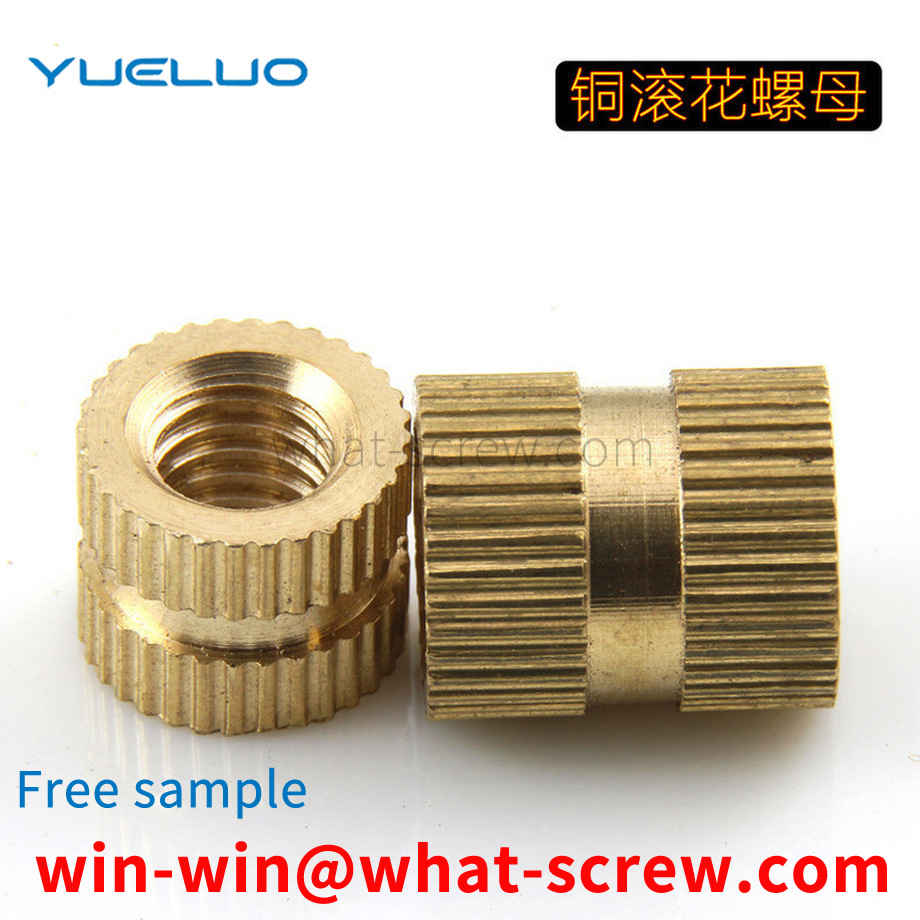What is the tolerance range of precision screws?
What is the tolerance range of precision screws?
Service Hotline
+86760-8787 8587We have more than ten years of production experience in the screw industry, the main products are: semi-circular hexagon socket head cap bolts, anti-slip anti-loosening screws, anti-thread American nuts, copper column inch, extended ring screws, full-thread threaded bolts, authentic 304 stainless steel pins, model machine round Aluminum column connection long nut, waterproof sealing pressure riveting nut column, countersunk head cross flat head screw, extra long screw half tooth hex bolt, pin GB882, black enlarged flat washer, wholesale DIN7991 screw, single head tooth shrink rod copper column etc. Firmware, due to different product materials and specifications, the price is also different, please contact us if necessary.


Commonly used standards are broadcast. For hexagonal nuts, the commonly used standards are: GB52, GB6170, GB6172 and DIN934. The main differences between them are: the thickness of GB6170 is thicker than that of GB52, GB6172 and DIN934, commonly known as thick screw cap. The other is the difference between the opposite sides, the opposite sides of DIN934, GB6170 and GB6172 in the M8 nut series are 13MM smaller than the opposite side 14MM of GB52, and the opposite sides of M10 nuts, DIN934 and GB52 are 17MM. The opposite side of GB6170 and GB6172 should be 1MM larger, M12 nut, DIN934, GB52's opposite side is 19MM larger than GB6170 and GB6172's opposite side 18MM is 1MM larger. For M14 nuts, the opposite side of DIN934 and GB52 is 22MM, which is 1MM larger than the opposite side of GB6170 and GB6172, which is 21MM. The other is the M22 nut. The opposite side of DIN934 and GB52 is 32MM, which is 2MM smaller than the opposite side of GB6170 and GB6172, which is 34MM. (Besides the thickness of GB6170 and GB6172 are the same, the width of the opposite side is exactly the same) The rest of the specifications can be used in general without considering the thickness.

Anti-corrosion technology Stainless steel screws are made of metal, and there are four main methods for metal anti-corrosion, namely the properties of the material itself, the environment of use, the interface between materials and the environment, and the improvement of the metal structure design. If a complete anti-corrosion alloy is used to make stainless steel Screws, unless there is a special need, are not cost-effective in terms of economics, and it is also impractical to completely isolate the appearance of the screw from environmental elements that can cause corrosion. Improving the metal structure design can improve the influence of special circumstances under certain conditions, but the design of most stainless steel screws cannot be fully corrected, and its maintenance effect is not permanent, so this method cannot basically solve the problem, as long as it is on the surface. Top anti-corrosion, that is, surface anti-corrosion treatment is the most widely used method. The anti-corrosion treatment on the surface of stainless steel screws refers to the use of various methods to apply a protective layer on the metal surface. The purpose of avoiding or mitigating corrosion. The protection layer should be able to meet the following requirements: 1. Corrosion resistance, wear resistance, high hardness, 2. The structure is tight, intact, and the pores are small. 3. It has strong separation and good adhesion with the base metal. 4. It is evenly distributed and has a certain thickness. The maintenance layer is usually divided into two types: metal coating and non-metallic coating. Metal coating refers to the use of metal or alloy with strong corrosion resistance to form a maintenance layer on the surface of metal that is easy to corrode. This coating is also called plating. There are quite a few methods and varieties to produce metal coatings, the most common of which is electroplating, followed by molten metal immersion plating (hot dipping) and chemical surface treatment. Non-metallic coating refers to the use of organic polymer materials such as paint and inorganic materials such as ceramics to form a protective layer on the surface of metal equipment or parts. The protective layer can completely isolate the base metal from the environmental medium and prevent the base metal from corrosion due to contact. Corrosion is formed in the medium of stainless steel standard parts.


Generally, the most commonly used material on the market is iron. The iron one is known as carbon steel. It is punched out or turned. After being manufactured, it is in its natural color. In order to prevent rusting, it is necessary to Electroplated. The stainless steel rivet nuts do not need electroplating. In the case of iron, the color of electroplating is generally determined by the customer, and the color of the electroplating depends on what color the customer needs. There are also some requirements for salt spray time. Some electroplating colors have a higher salt spray time, and some electroplating, less rust in a few hours. Another point is to see whether the customer needs to export the product. Generally, the export needs to be environmentally friendly, and some domestic ones also need it, but most of them are not needed.

GB97.1.CATPart GB97.1.SLDPRT Nominal size d d1 d2 h 1000 weight (kg) ≈ nominal diameter (NND) inner diameter (SD1) outer diameter (SD2) thickness (SD) — 5 5.3 10 1 0.443 Spring washer spring Wasket 6 6.4 12 1.6 1.0518 8.4 16 1.6 1.828 10 10.5 20 2 3.57 14 15 28 2.5 8.611 16 17 30 3 11.29 20 21 37 37.16 24 25 44 4 32.31 30 31 56 4 53.61 36 37 66 5 92.03

The above content is uploaded by Yueluo or the Internet. If there is any copyright issue, please contact [email protected].

What is the tolerance range of precision screws?

How to choose the right stainless steel screw manufacturer?

Why is there an R angle under the head of the hexagon head s...

We have more than ten years of experience in screw industry ...

We have more than ten years of experience in screw industry ...

We have more than ten years of experience in screw industry ...

We have more than ten years of production experience in the ...